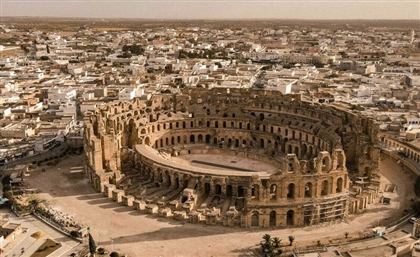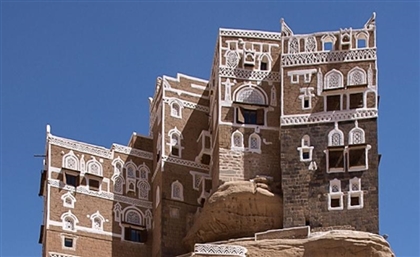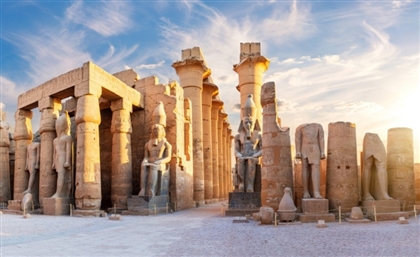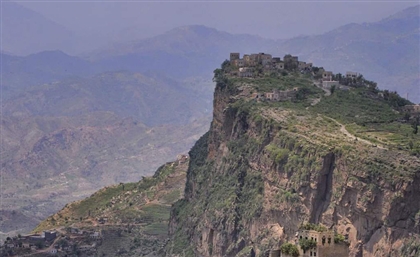Palais Bayram: A Revival of 18th Century Tunisian Grandeur
With its roots fixed firmly in 18th century Tunisia, Palais Bayram is both a gateway to bygone charms and a ticket to modern-day wonders.
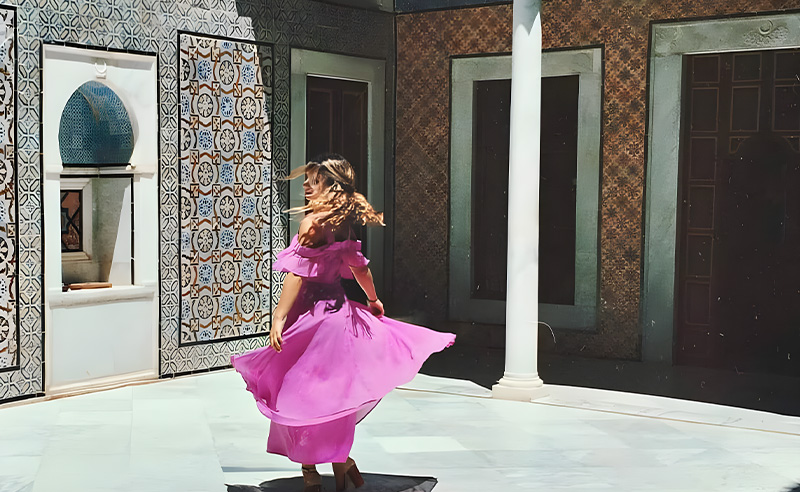
Only in a place like Palais Bayram, an estate turned luxury hotel with its roots firmly fixed in the 18th century, can the wonders of the city of Tunis outside be temporarily forgotten. In 2006, through a passion project led by Tunisian propriétaire Fathi Bouzouita, it was restored to its former glory, and for the first time in decades, it began welcoming sojourners from the world over.
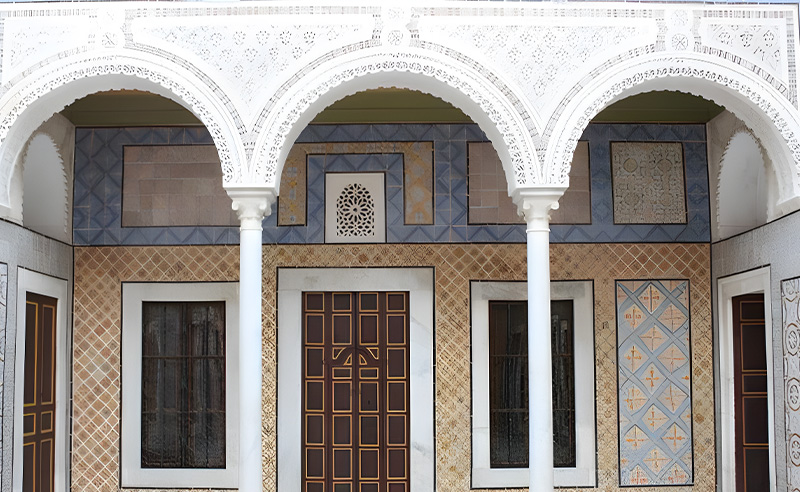
Beyond a grand threshold, the story of the house unfolds. A driba, a voluminous hall cloaked in a vaulted embrace, welcomes one not just into a space, but into a timeless narrative. Here, sunlight paints frescoes upon ancient stone, and guests find themselves invited to linger, to exchange greetings amidst the unruffled reverence of the place. But before the heart of the home reveals itself, a skifa, a playful passage veiled in the guise of a chicane corridor, offers a final pause, a gentle tease before the unveiling. This enigmatic pathway, adorned with intricate patterns and bathed in dappled light, serves as a heavenly gate to the treasures that lie within.
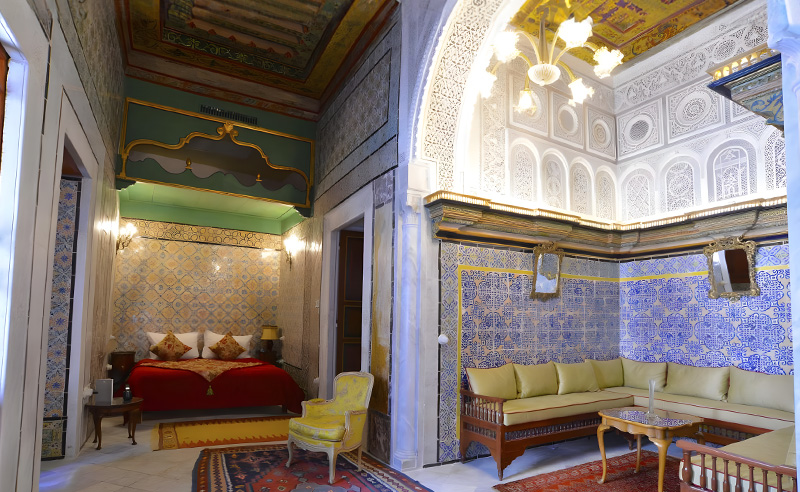
Imagine stepping into a central sitting area, a welcoming space bathed in the soft glow of the patio's sun-dappled embrace. Before you, an entrance door murmurs promises of hidden treasures, while on either side, two cabinets, or maqsurahs, stand guard, their secrets veiled by intricately carved doors. These are sanctuaries of quiet contemplation, where perhaps a quill once danced across vellum, or hushed conversations spun tales under the watchful gaze of time.
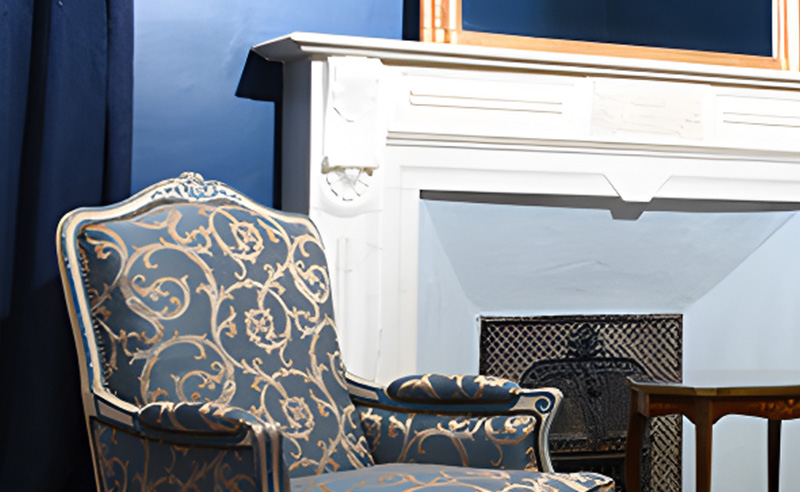
French, Arabian, and Ottoman influences all coalesce in the plush embrace of sofas, each a silent ode to a cultural tapestry woven through centuries. As your gaze travels upward, your breath catches in your throat. Coffered ceilings, painted with celestial dreams, unfold above, their vibrant hues echoing the dance of light and shadow in the courtyard.
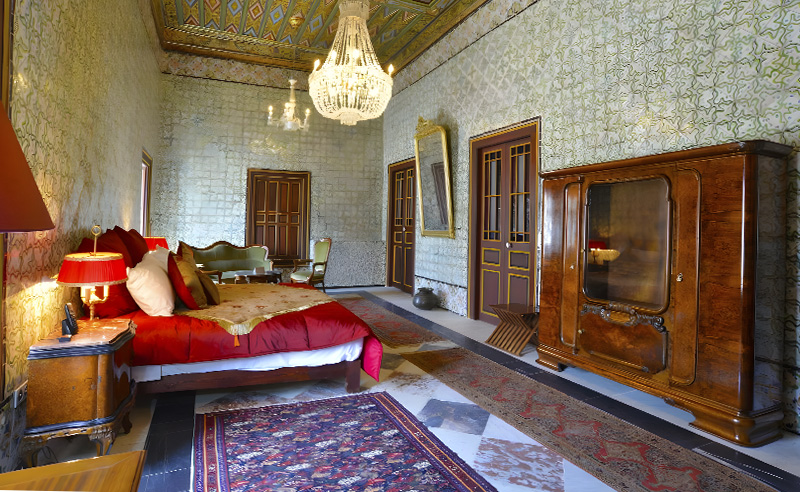
But the true jewel of these chambers lies nestled on either side. Canopy beds, draped in the gossamer touch of time, rest like slumbering giants. Gilded pediments, testaments to forgotten artisans, crown their heads, while curtains, heavy with olden secrets, await the hush of twilight to draw their veil, transforming the space into a realm of dreams.
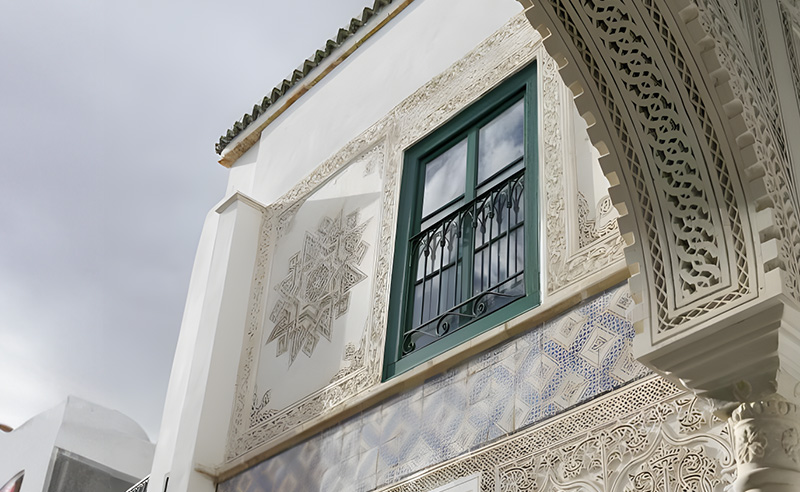
Each room, called a Kbou, sings its own unique lullaby, its intricate tapestry an ode to artistic alchemy. Three layers of Arabesque stuccos, woven by the magic of hand, caress the walls in a symphony of swirling patterns. Italian, Tunisian, and Ottoman inspirations come alive in vibrant Zelij panels, glazed earthenware tiles whose colours sing under the caress of sunlight. And beneath your feet, marble floors, some a pristine white, others a kaleidoscope of hues, offer a final flourish to this symphony of artistry.
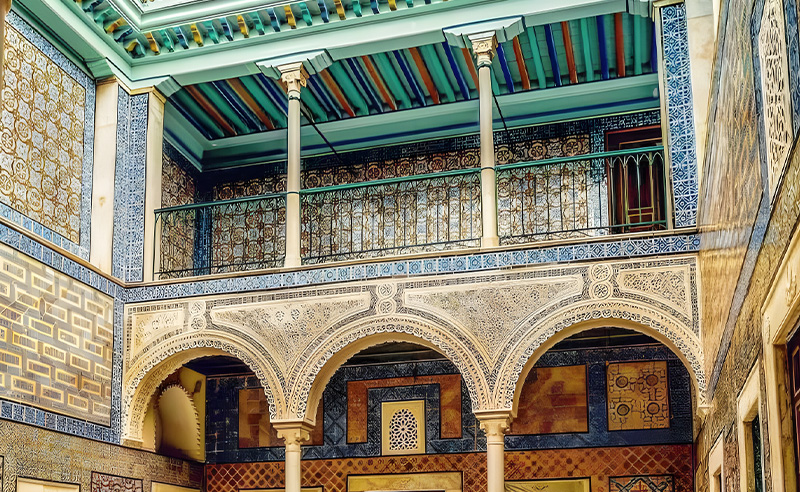
These Kbou rooms are not mere chambers; they are fantasies etched in time, each a silent ode to the beauty that blooms when cultures embrace and artistry breathes life into stone. To step within is to embark on a journey through the soul of this timeless haven, where every detail resonates with the whispers of a legacy both ancient and ever-present.
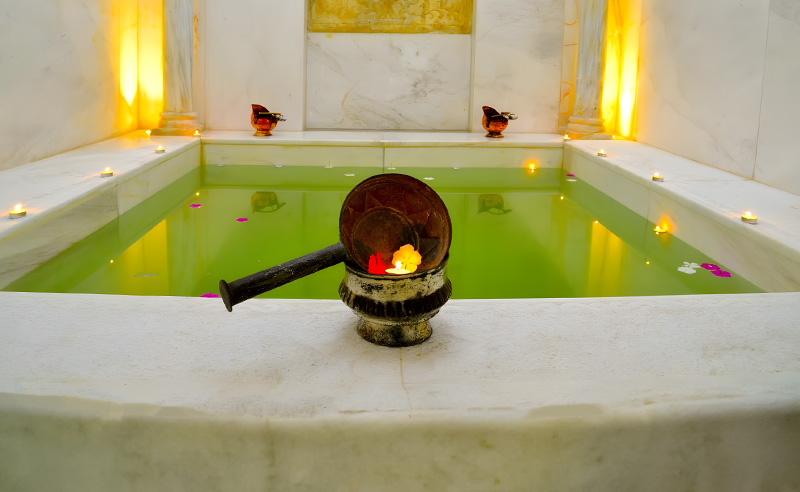
Stepping outside, you enter a sun-drenched oasis, where fresh air whirls from the open sky. This is the heart of the patio, its soul cradled by two majestic iwans. These structures, poised on elegant columns of white marble, stand like silent guardians, their Ottoman capitals reaching up to embrace the heavens.
Within the hallowed passageways of Palais Bayram lies Al Makhzen, a vaulted room where marvellous architecture mingles with the tantalising aromas of French and Tunisian artistry. Here, beneath a celestial tapestry of light, the finest local ingredients are transformed into culinary masterpieces, inviting you to a feast for both the senses and the soul.
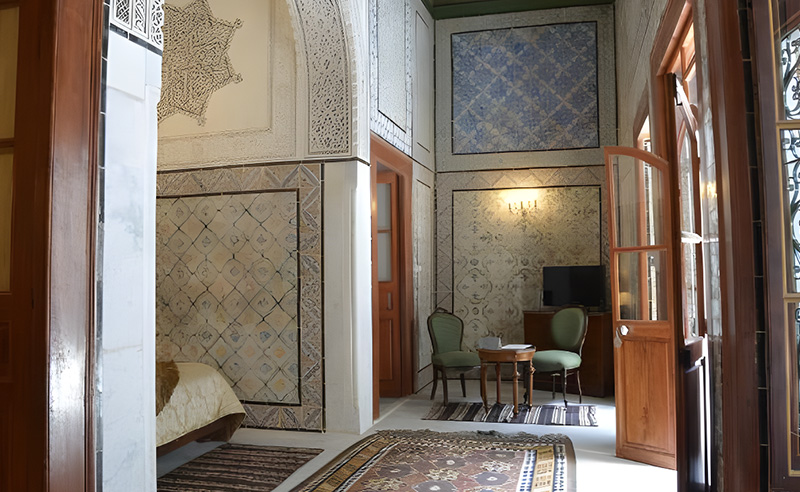
Few hotels in the region have quite as much variety in terms of accommodation choices as Palais Bayram. In the two-level suite named Dido after Carthage’s queen and founder, the wooden floors are reminiscent of ancient Japan. Beyond the window, the western part of the Medina unfolds with the view of a royal madrasa's emerald crown. In contrast, the Indian suite, inspired by the Mogul style and accessed via a private staircase, is decorated with sycamore columns and furniture of Indonesian, Rajasthani, Persian, and French origins.
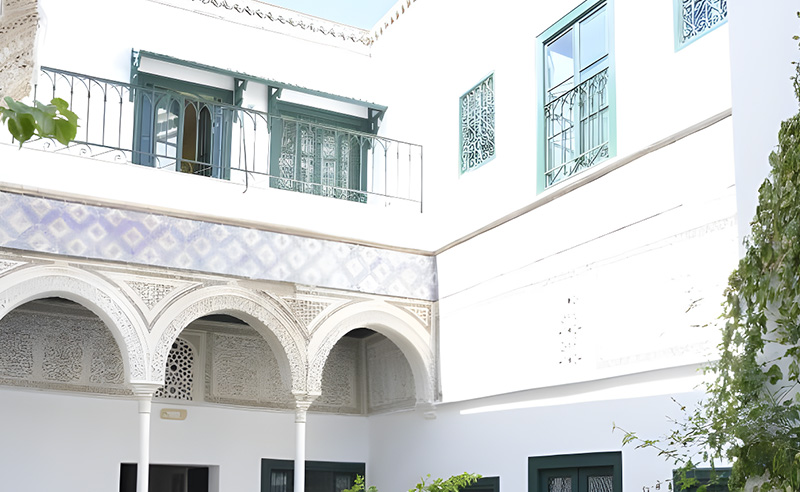
Beyond the walls of the palais, nestled amongst timeless structures, echoes of Rome linger in the estate outbuildings, where an oriental Hammam, a direct descendant of the empire’s ingenuity, welcomes guests in a hammered marble basin to an atmosphere of serenity and unbroken repose.
For the bold traveller seeking stories etched in stone, Palais Bayram beckons. Beyond its welcoming threshold, a symphony of history awaits, each note resonating with those who yearn to experience the past firsthand.
Trending This Month
-
Jan 10, 2026





